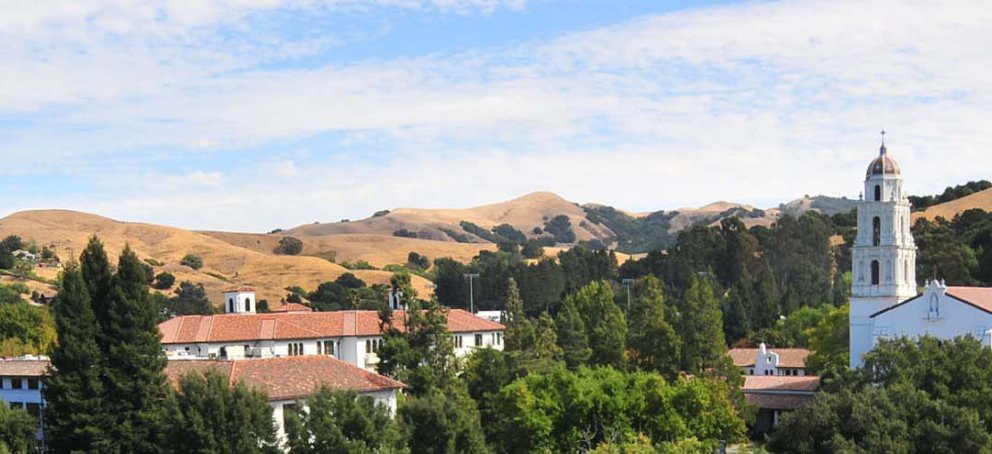Abstraction: Spirit and Space
The Paintings of Pauletta Chanco, Thekla Hammond and Joseph Hughes
March 19 - April 24, 2005

Pauletta Chanco
Chanco's work is all about balance: emptiness and fullness; the sacred and the profane; revealing and concealing. Spirituality is an essential element in the creative process and in life. She is inspired by both the movement between sacred and profane space and by existence within transitory space. Chanco is known for encaustic, a technique that requires melting a wax medium, composed of beeswax, a binder, and a colorant. She carefully layers encaustics so that the translucent nature of beeswax allows the viewer to see through the surface layers. The veiled transparencies of color convey the different depths of consciousness that we reach in the process of our daily lives.
Chanco holds B.A., M.A., and M.F.A. degrees from the University of California at Berkeley. She has recently exhibited at the Takada Gallery in San Francisco, the Richmond Art Center, the Oakland Museum of California, the Armory Center for the Arts in Los Angeles, the Honolulu Academy of Arts, and the Skyline College Gallery. She is represented by the Takada Gallery in San Francisco.
Thekla Hammond
Hammond has created an installation entitled Impermanence. She invites the viewer to become a participant, "cross the river" with her and enter a nature-based spiritual realm, which Hammond refers to as a "forest of magical movement." In this realm, visions can include and transcend the material or purely physical. The viewer's form is reflected in the surface of slowly rotating Plexiglas panels, appearing, disappearing and reappearing. The visitor walks through and interacts with abstracted versions of tree leaves, branches, and shadows, and experiences the world itself -- forming, moving and changing, ending and beginning again in a celebration of the spiritual truth of impermanence. Through spiritual practice, meditation, and painting, Hammond creates a series of art works that mirror the content: intuitive random color patterns on canvas, gradually evolving into quiet thoughts and emotions, and subtle layering painting techniques, to find space and peace in the work.
Hammond holds B.A. and M.F.A. degrees from the University of California at Santa Barbara and an M.A. degree from the University of California at Los Angeles. She has recently exhibited at the Toomey Tourell Gallery in San Francisco, the San Jose Institute of Contemporary Art, Cal Arts in Valencia, San Francisco Art Institute, and the Richmond Art Center. She is represented by Toomey Tourell Gallery in San Francisco.
Joseph Hughes
Joseph Hughes' painting is founded on the belief that one of our greatest divine gifts is the perception of color, for it enables us to experience in full dimension the elemental force of light. He is a seminal figure in the Bay Area "Color Painting" movement that emerged in the Bay Area beginning in the late 1970s. Hughes is interested in the relationship between the aura of color and its physical support, literally the structure that conveys the substance of painting. Hughes' paintings give physical form to dematerialized forces of light by actualizing images of color. His gestural acrylic fields of color on canvas engender a harmonious and enriching spiritual relationship with the divine energy of the universe. His paintings are meticulously layered and vividly hued and, remarkably, manage to give the viewer a sensation of movement and stillness simultaneously.
Hughes holds B.A. and M.F.A. degrees from Marshall University in West Virginia. He has recently exhibited at the Huntington Museum in West Virginia, the Berkeley Art Museum, Koplin del Rio Gallery in Los Angeles, Shasta College Gallery in Redding, and the Takada Gallery in San Francisco which represents him.
Gallery Hours: Wednesday - Sunday, 11 a.m. - 4:30 p.m.
Admission Donation: $2, free parking
Main Desk: (925) 631-4379
The Hearst Art Gallery, a non-profit museum, is accredited by the American Association of Museums.
# # #
Contact: Heidi Donner (925) 631-4069 or hdonner@stmarys-ca.edu
